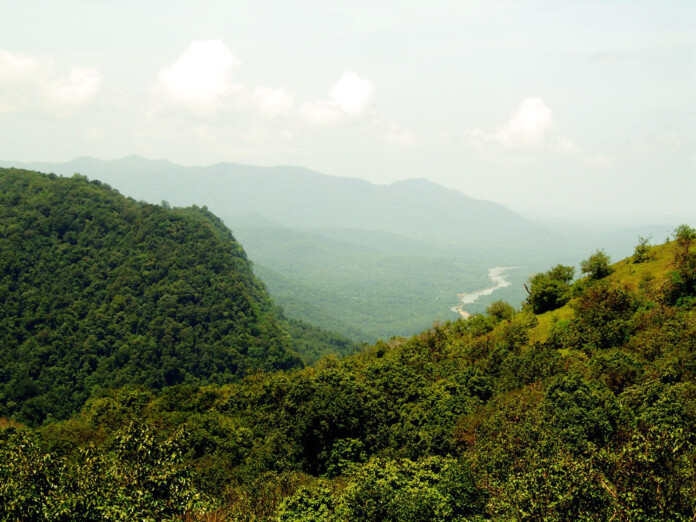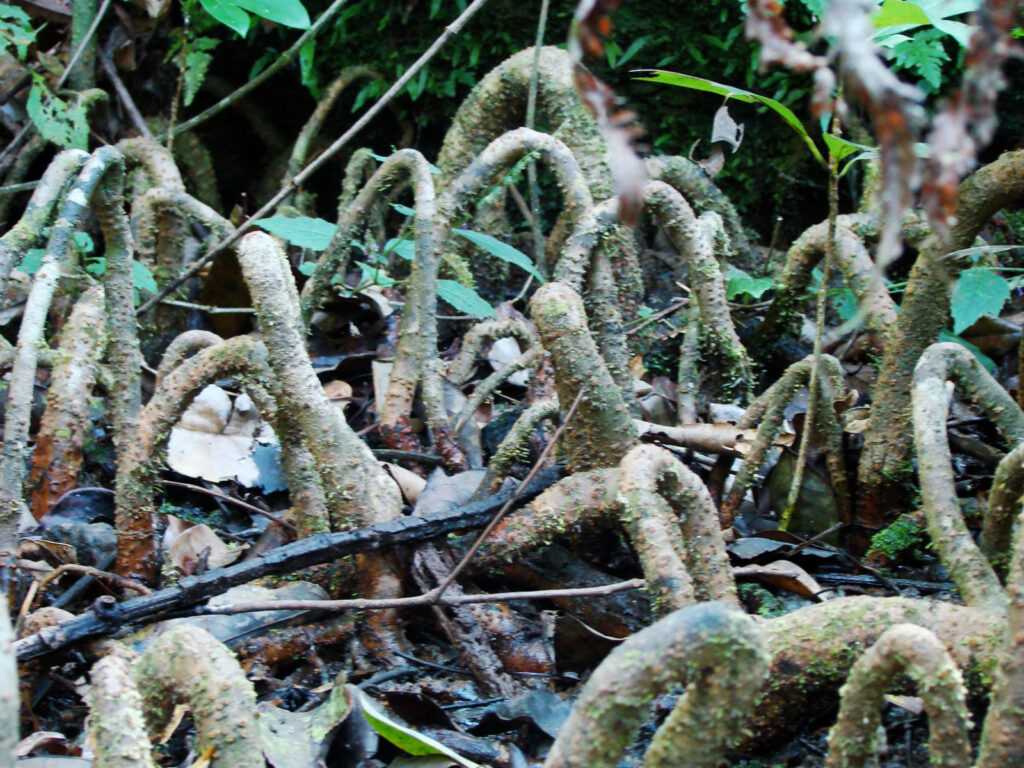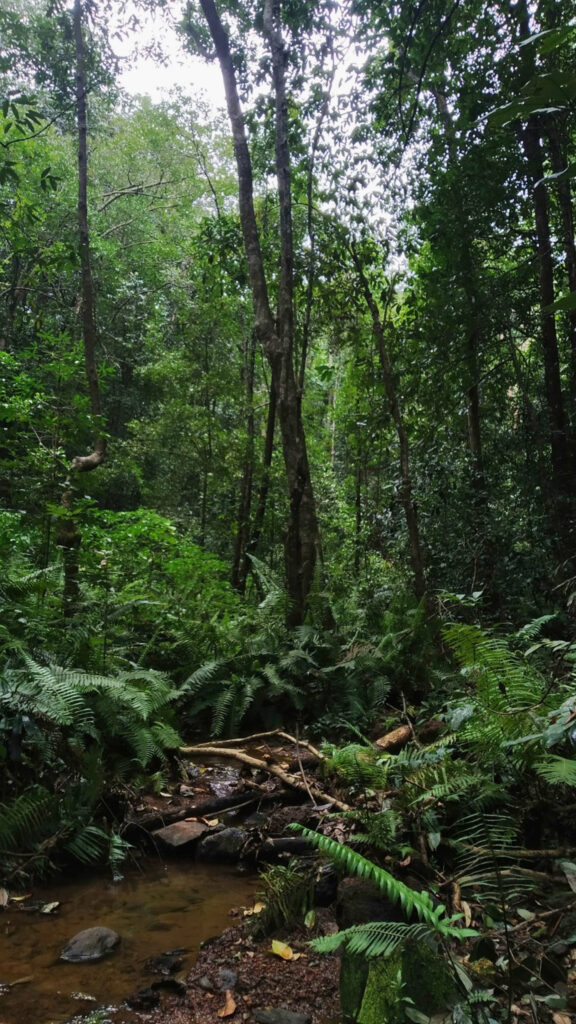It took so many years to realise that the place where I was born, and grew up, is wonderful and globally relevant. One of the few free-flowing rivers in the world, Aghanashini flows in front of our house. A freshwater ecosystem, popularly called Myristica swamps, is half a kilometer from my place, in the Western Ghats in Karnataka.
Lion-tailed Macaques which are endangered globally, are endemic to this region. And Bheemana Gudda, a mountain in the Aghanashini Lion-tailed Macaque Conservation Reserve, is 2 km from my house. I have visited the place several times with my father. Even though it was a local ‘sunset point’, only a few people knew it. As a ‘conservation reserve’, it has suddenly become a tourist place.
In a way, it made people aware of the biodiversity they are surrounded by. Most locals are also happy about the attention the macaques are getting, the number of Lion-tailed macaques has substantially increased. But at the same time, human-wildlife conflicts are arising. This conservation reserve is a unique place because it was the first conservation reserve in India that was specific for a macaque. One of the most unrecognized places in this conservation reserve is the Myristica swamps, which lie between valleys of the conservation reserve. These wetlands are spread in very few places in the river valley.
Once you enter a swamp, it is a different universe. Bare minimum sunlight, tall tree canopies covering us, and some special guests like leeches biting your leg! This particular myristica swamp, called Dharbejaddi, is one of the few swamps left near my place. These myristica species form ‘U’ shaped aerial roots, which makes them special. These swamps are the major biodiversity hotspot – they have endemic species like Myristica swamp tree frog and Semicorpus Kathalekanensis, a plant found only in the largest Mystica swamp forest in Uttara Kannada – Kattalekanu. The forest department is planting the species in all Myristica swamps to save them.
These ecosystems behave as sponges–preventing climate change in their way! They retain the water in the monsoon season and release it to the water body in other seasons. They also help prevent floods and are perennial sources of water which was also used by people and villages for agricultural purposes. However, increased extraction and habitat change might lead to a catastrophic change in their numbers.
What can I do to save them? It’s been many years, and there’s still a lot of work to be done. Of course, there are still human-wildlife conflicts happening. But at the same time, it is also concerning to see how conflicts are arising. And to add, one must not forget that the Aghanashini is one of the only free-flowing rivers. Now, many projects are being proposed to build dams on this river. A dam means the loss of a magnificent biodiversity hotspot for us. So, it is totally in our hands. We will be the ones who decide whether we see myristica and lion-tailed macaques in the future or not.
Vanya Sayimane is a student intern at Azim Premji University. This work was conducted as part of Mountains of Life, a large climate change festival being organized by the University
Disclaimer: The views and opinions expressed in this article are those of the author and do not necessarily reflect the views or positions of the organization they represent.












